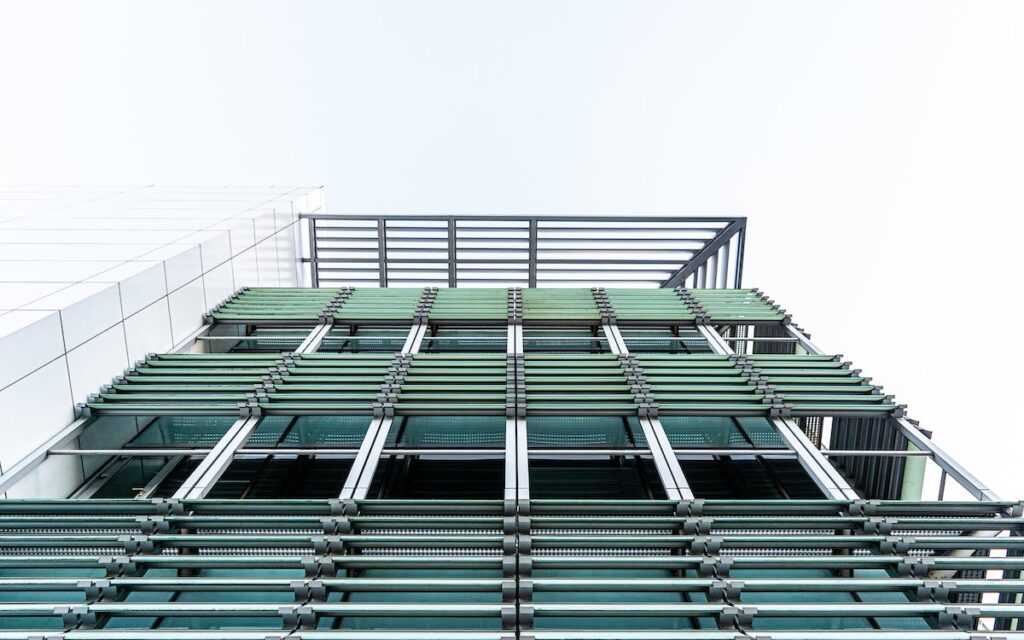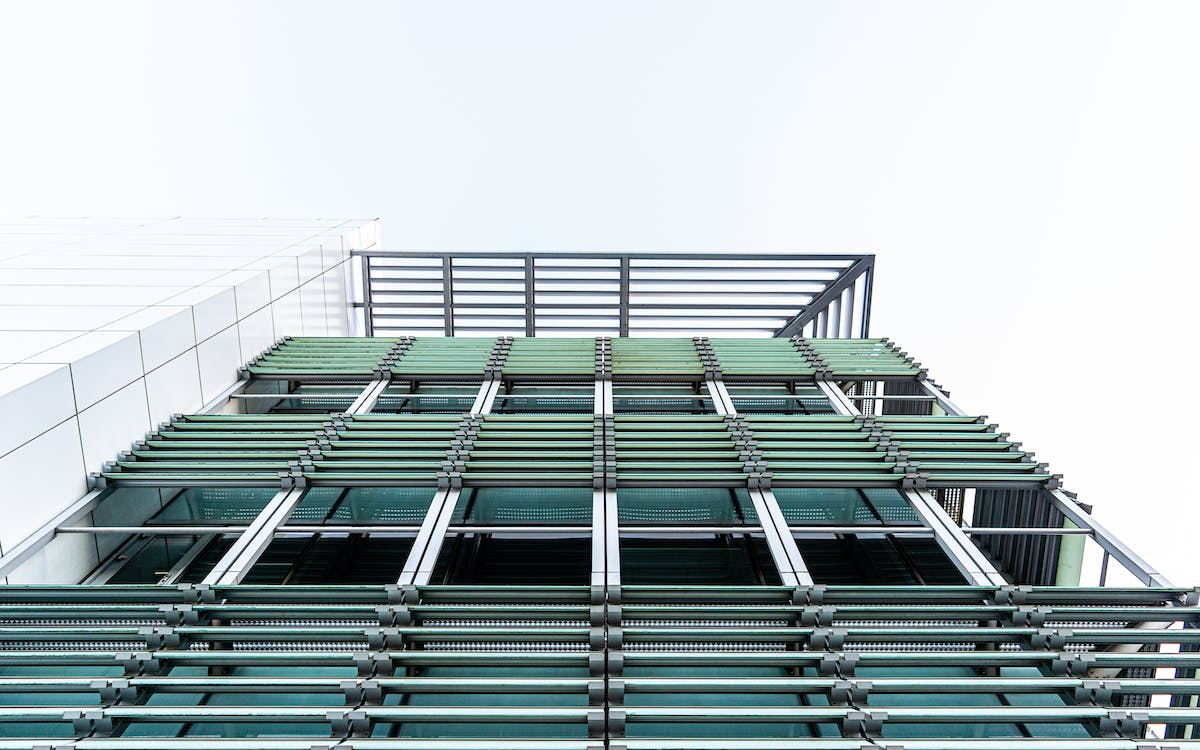Australia’s construction industry stands at the forefront of a global movement towards sustainability, spearheading innovative practices and embracing eco-friendly materials to minimise environmental impact. The nation’s commitment to sustainable construction techniques is not only driven by environmental consciousness but also by the imperative to create resilient and efficient structures capable of withstanding the challenges posed by climate change. This article delves into the realm of sustainable materials and techniques prevalent in Australian construction, highlighting their significance, impact, and future prospects.

Embracing Sustainable Materials
Timber: A Versatile Eco-Friendly Choice
Timber has emerged as an exemplar of sustainability within Australia’s construction landscape, offering a multifaceted solution that extends beyond structural integrity to encompass environmental stewardship and carbon sequestration. The utilisation of timber from responsibly managed forests or reclaimed sources underscores the industry’s commitment to sustainable sourcing practices. This conscientious selection mitigates deforestation concerns, promotes biodiversity, and ensures the replenishment of forest resources, aligning with the principles of sustainable forestry management.
Engineered timber products, notably Cross-Laminated Timber (CLT) and Glue-Laminated Timber (Glulam), have revolutionised architectural possibilities. These advanced materials leverage the natural strength and versatility of timber while offering enhanced structural performance. CLT, composed of multiple layers of timber boards glued together in alternating orientations, boasts exceptional strength-to-weight ratios. This innovation allows for the construction of tall buildings and large-span structures, rivalling the capabilities of traditional materials like concrete and steel. Glulam, on the other hand, involves bonding layers of timber together to form beams and columns, providing flexibility in design while maintaining robustness.
Beyond their structural advantages, engineered timber products play a pivotal role in carbon sequestration. As trees grow, they absorb and store carbon dioxide from the atmosphere. Utilising timber in construction effectively locks away this carbon, mitigating its release into the environment. This carbon sequestration feature of timber serves as a crucial climate change mitigation strategy, offsetting the carbon footprint associated with construction activities. Moreover, the production process of timber products requires significantly less energy compared to the manufacturing of concrete or steel, further reducing the overall carbon emissions linked to construction projects.
The incorporation of timber as a primary building material not only fosters environmental sustainability but also contributes to creating healthier indoor environments. Timber possesses inherent thermal properties, regulating indoor temperatures and humidity levels. This natural attribute promotes better indoor air quality and a more comfortable living or working environment for occupants, aligning with the growing emphasis on human-centric design in architecture.
Furthermore, the versatility of timber extends beyond its use in primary structural elements. It finds application in interior finishes, cladding, and decorative elements, offering aesthetic appeal and warmth to spaces. Its adaptability and ease of construction allow for efficient and rapid assembly, contributing to shorter construction timelines and reduced labour requirements, thereby optimising project efficiencies.
The integration of timber in construction serves as a testament to the industry’s commitment to sustainable practices, innovation, and environmental responsibility. As research and technological advancements continue to refine engineered timber products and construction techniques, their widespread adoption is poised to expand. This evolution not only positions timber as a cornerstone of sustainable construction but also underscores its pivotal role in shaping a more environmentally conscious and resilient built environment for generations to come.
Recycled and Low-Impact Materials
The utilisation of recycled materials within Australia’s construction sector signifies a transformative shift towards a circular economy, fostering resource efficiency and reducing environmental impact. Recycled steel, concrete, and glass have emerged as pivotal components in sustainable construction, embodying the ethos of repurposing and reusing materials to minimise waste and conserve resources.
Recycled steel, processed from discarded steel products or industrial scrap, undergoes a meticulous remanufacturing process that significantly reduces energy consumption and greenhouse gas emissions compared to the production of virgin steel. This sustainable alternative not only diverts materials from landfills but also contributes to lowering the carbon footprint of construction projects. Its structural strength and durability make it a sought-after material for various building applications, from structural frameworks to reinforcing elements.
Similarly, recycled concrete, derived from crushed and reclaimed concrete waste, presents an eco-friendly substitute for conventional concrete. Its production involves crushing and reprocessing old concrete, thus minimising the need for new aggregate extraction and reducing the energy-intensive processes associated with traditional concrete manufacturing. This sustainable approach not only conserves natural resources but also curtails landfill accumulation by repurposing construction waste.
Recycled glass, sourced from discarded bottles or glass products, finds application in construction as aggregate in concrete, decorative finishes, or insulation materials. Its integration reduces the demand for raw materials in glass production and lessens energy consumption during manufacturing. Incorporating recycled glass in construction not only diminishes waste but also imbues spaces with aesthetic appeal and sustainability.
In addition to recycled materials, low-impact alternatives like bamboo and rammed earth have gained traction for their eco-friendly attributes. Bamboo, renowned for its rapid growth rate and renewability, has become an increasingly popular choice in construction. Its versatility extends from structural components to flooring, cladding, and furniture. Bamboo’s abundance and regenerative properties make it a sustainable alternative to traditional timber, offering strength, flexibility, and aesthetic appeal while significantly reducing pressure on natural forests.

Rammed earth construction stands as a testament to the synergy between traditional techniques and modern sustainability principles. This method utilises locally sourced soil, clay, and aggregates compacted into solid walls, requiring minimal energy for production. Its reliance on indigenous materials and labour-intensive construction techniques minimises the environmental footprint while offering thermal mass benefits, providing passive heating and cooling properties to buildings.
The embrace of recycled materials and low-impact alternatives in Australian construction signifies a paradigm shift towards holistic sustainability. These materials not only embody resource efficiency but also contribute to the creation of durable, energy-efficient structures that align with the principles of environmental responsibility and resilience. As their utilisation continues to expand and evolve, these materials stand poised to play an integral role in shaping a more sustainable and regenerative built environment.
High-Performance Insulation and Energy-Efficient Materials
In pursuit of energy efficiency, Australian construction has increasingly turned to high-performance insulation materials. Innovations in insulation, such as aerated concrete blocks, hempcrete, and wool insulation, offer superior thermal properties, reducing heating and cooling demands in buildings. These materials not only enhance comfort but also contribute to significant energy savings throughout a structure’s lifespan.
Sustainable Construction Techniques
Passive Design Principles
Passive design principles lie at the core of sustainable construction in Australia. Architects and builders prioritise passive solar design, optimising building orientation, layout, and shading to maximise natural light and regulate indoor temperatures. Strategic placement of windows, eaves, and thermal mass elements allows for optimal heat gain and dissipation, reducing reliance on mechanical heating and cooling systems.
Green Building Certifications and Standards
Australia has embraced various green building certifications and standards, such as Green Star and NatHERS (Nationwide House Energy Rating Scheme), to drive sustainable construction practices. These frameworks incentivize and certify buildings based on their environmental performance, considering factors like energy efficiency, water conservation, materials used, and indoor environmental quality. Compliance with these standards encourages the adoption of sustainable materials and techniques throughout the construction process.
Water Conservation and Management
Efficient water management practices play a pivotal role in sustainable construction. Implementation of rainwater harvesting systems, greywater recycling, and the use of permeable paving materials mitigate water wastage and reduce the strain on municipal water supplies. Additionally, landscaping strategies that prioritise native and drought-resistant plants minimise the need for irrigation, further conserving water resources.
Challenges and Future Outlook
While the adoption of sustainable materials and techniques in Australian construction has witnessed significant strides, challenges persist. Cost considerations, limited availability of certain eco-friendly materials, and industry-wide resistance to change hinder widespread adoption. Overcoming these barriers requires collaborative efforts among stakeholders, technological advancements, and policy support to make sustainable practices economically viable and universally accessible.
Looking ahead, the future of sustainable construction in Australia appears promising. Continued research and development efforts aim to expand the repertoire of sustainable materials and refine construction techniques. Advancements in digital technologies, such as Building Information Modeling (BIM) and computational design, are facilitating more efficient material usage, waste reduction, and streamlined construction processes.
The growing emphasis on circular economy principles within the construction sector also holds promise. Strategies focused on reducing, reusing, and recycling materials throughout a building’s life cycle align with sustainability goals, offering opportunities to minimise waste and carbon emissions associated with construction and demolition.
Australia’s construction industry stands as a beacon of sustainable practices, championing the adoption of eco-friendly materials and innovative techniques to create buildings that harmonise with the environment. By leveraging sustainable materials like timber, recycled materials, and energy-efficient solutions, the sector is driving a shift towards more resilient, energy-efficient, and environmentally conscious construction.
As the nation confronts the challenges of climate change and strives for a more sustainable future, the integration of these materials and techniques in construction projects is pivotal. With ongoing research, collaboration, and a commitment to sustainability, Australian construction is poised to further elevate its role as a global leader in fostering a built environment that balances human needs with environmental stewardship.
Uncover the potential of seamless construction management with Wunderbuild, a leading provider of innovative software solutions. Our platform is designed to streamline your construction processes, complementing the evolving trends and practices in the industry. Discover more about how Wunderbuild can enhance your construction management experience here.




